Welcome to Summer one!
It's a short but sweet half-term and there is lots to look forward to from our Y3/4 production to our school trip to West Stowl. We are very excited about what's to come. A short paragraph on each topic can be found below, as well as this half-term's homework, spellings, beat it and knowledge organisers, which can be viewed and downloaded below or viewed in our Knowledge Organisers photo album that can be found to the left.
Art-Ancient Egypt
The children will start this unit with knowledge from their study of Ancient Egyptian history. They learn that the art of Ancient Egypt includes sculpture, paintings on papyrus and walls as well as buildings. Much of the art that we have from Ancient Egypt is from tombs and the children learn that the artwork that remains shows us not only about what the ancient civilisation believed about the afterlife, but also about how they lived, how they were ruled and the power of the pharaohs, building on what we have already learned in History. The children study in detail the Great Sphinx of Giza, the bust of Nefertiti and the representation of Egyptian gods and goddesses. They create their own sphinx from clay, use mixed media to make Egyptian collars and draw Egyptian gods and goddesses in profile on their own homemade papyrus.
Computing-Branching databases
Learners will develop their understanding of what a branching database is and how to create one. They will use yes/no questions to gain an understanding of what attributes are and how to use them to sort groups of objects. Learners will create physical and on-screen branching databases. To conclude the unit, they will create an identification tool using a branching database, which they will test by using it. They will also consider real-world applications for branching databases, like the one below.
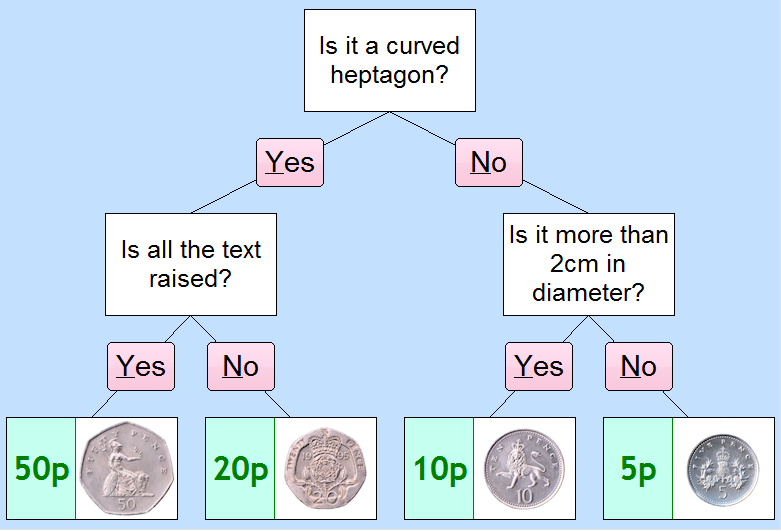
English-Flotsam
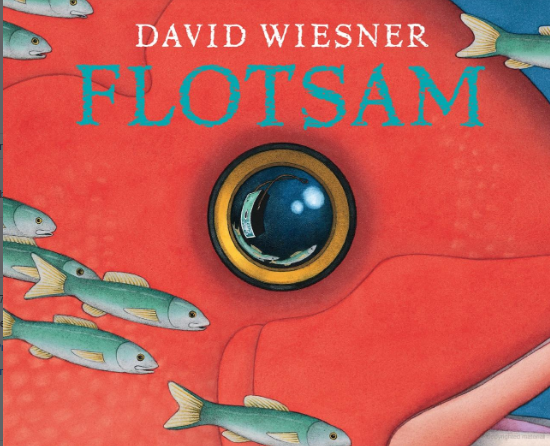
Flotsam is defined as debris in the water that was not deliberately thrown overboard, often as a result of a shipwreck or accident. 'Flotsam' written and illustrated by David Wiesner can be viewed at the following link with a very soothing soundscape to set the scene: https://www.youtube.com/watch?v=3MTKWnxzqvM
At the heart of Flotsam is intrigue, wherein a young boy is at the beach studying life at the beach, when an old camera washes up on shore. When he sees the photos, he finds amazing things of the sea that may not even be possible. They consist of a robot fish, an octopus reading, a pufferfish being used as a hot air balloon, turtles with cities on their backs, tiny visiting aliens, and giant starfish with islands on their backs. The final photo consists of a girl who is holding a photo of a boy, who is holding a photo of a boy, who is holding a photo of a girl, and so on. Using his magnifying glass and microscope, he finds that the first is of a boy in old clothes from about a century ago waving. The boy figures out that he is one in a long line of photographers who have found this camera. As his parents told him it was time to go, he decided to continue the chain by using the camera to take a picture of himself. However, at that moment, a wave hits, washing all the photos away. Regardless, the boy tosses the camera back into the ocean to start the cycle over again. It is carried by a variety of fish and other sea life across the ocean, the Arctic, and even a city of mermaids until it again washes ashore, and another child finds it.
Children will write a non-chronological report on cameras and investigate photographs using their prediction and inference skills. They will go on to read and reflect on the book, retelling the story orally and later in writing. Later, they will have the opportunity to create their own sequel to the story, called Jetsam, where they write the story of the child who next finds the camera.
French- transport
Children will use previous and new vocabulary to ask and answer questions about transport in french,using numbers, colours and adjectives to support their sentences.
Geography-China and India
This half-term, children will be learning about China and India. When studying India, children will learn about the capital, New Delhi, its climate and population. They will look at the Indus River and how it supported the ancient Indus River Civilisation. When studying China, children will use a population map to locate regions of high population and will link the population spread to the landscape and biomes of China, recognising that different factors affect where settlements develop. Children will also study the Great Wall of China and will learn that many historians and geographers believe it was built by Emperor Qin Shi Huangdi to protect the border of China from attacks.
History- Anglo-Saxons, Scots and Vikings
Children will learn about the three biggest tribes were the Angles, the Saxons and the Jutes. This group of people are known today as the Anglo-Saxons. During this period, England was not a united country but was separated into kingdoms, each ruled by different kings. The pupils can apply their geographical knowledge of England to look at the Anglo-Saxon kingdoms and locate their school within one of them. They can also apply their knowledge of Europe, including Northern Europe, to locate where the Anglo-Saxons and Vikings originated from. The pupils will learn about the lives of people who lived in this period, how they lived, their homes, their jobs, what they ate and what they did for fun. They will discuss what we know about the lives of people who lived so long ago and learn about primary and secondary sources such as artefacts found at Sutton Hoo, places such as West Stow and the AngloSaxon Chronicle. They will also look at the religious beliefs of both the Anglo-Saxons and the Vikings, and how both were gradually converted from their Pagan beliefs to Christianity.
Life Skills-What is a family? RSE
In our Life Skills unit this half-term, we will consider what different families look like, applying our British value tolerance to accept that not all families are the same. We will also be discussing the importance of using our individual liberty to justify our choices when it comes to our bodies. For instance, we have the right to choose if we want to hug a friend or relative.
Maths- Fractions, money and time
If you are looking to support your child in their maths learning, you can visit the link below to find PowerPoint that are used in school.
Free downloads (including workbooks) can be found at https://whiteroseeducation.com/parent-pupil-resources/maths/free-downloads.
Children revisit fractions and apply them to problem-solving questions. They will make links to where fractions can be used in real life.
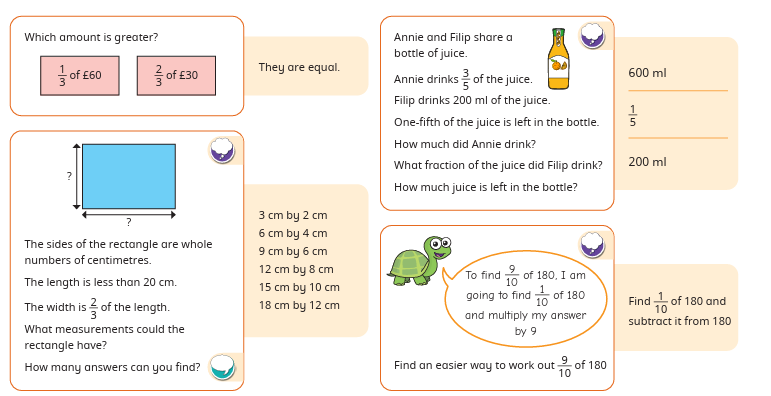
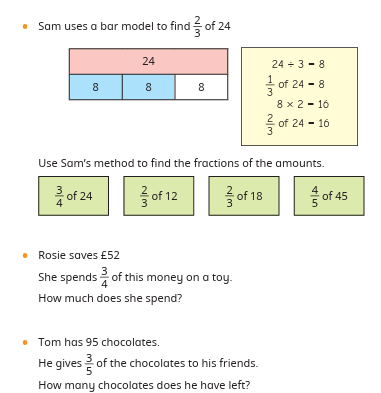
Additionally, we turn to using money. Children would benefit from seeing and handling notes and coins before, during and after this unit. As we all know, in today's society we do not often carry cash, thus posing additional abstract challenges to children when approaching the topic.
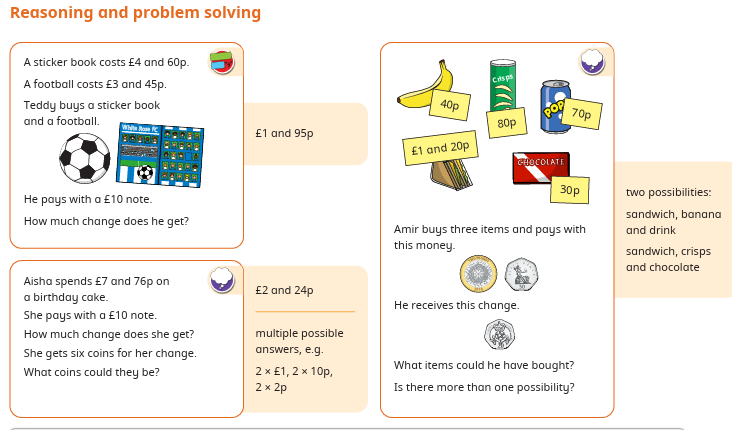

We will also be looking at time. Children will use years, months, days, hours, minutes and seconds as units of time to work our durations using start and end times, as well as applying these to real-life problem-solving questions. Children will benefit from hearing accurate time language used at home as well as durations. Allowing them to consider 4

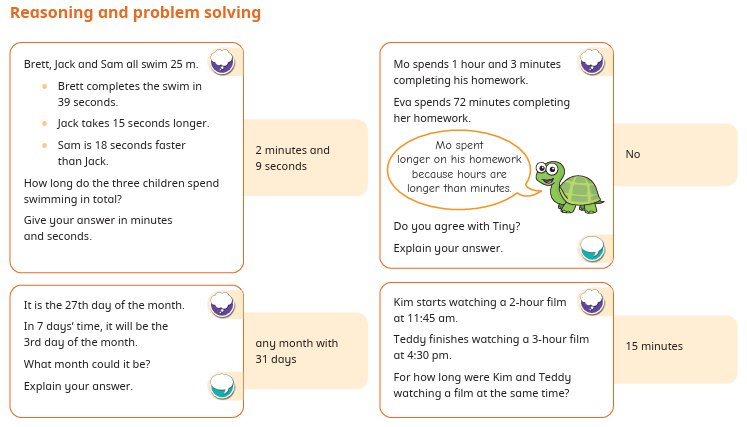
RE-Sikhism. Do Sikhs think it is important to share?
We are learning to explore how Sikh beliefs affect their way of life and the importance that is placed on sharing within their religion. Children will consider ways in which they can apply the important lessons taught in Sikhism to their own lives. We will look at the founding of Sikhism and explore their celebrations and what they represent, considering what we celebrate and how we are alike and different.
Science-Rocks
This unit introduces key knowledge of rocks, including their appearance and simple physical properties. Pupils will learn that a geologist is a scientist who studies rocks and will be introduced to some of the things that geologists might study, such as the properties of rocks, composition of rocks, and what rocks can tell us about life on earth long ago. When learning about how sedimentary rock forms, children will learn that fossils form when things that have lived are trapped within rock and how this process allows us to learn about plants and animals from thousands and millions of years ago. Within this unit there is an opportunity to study soil closely and to recognise that soils are made from rocks and organic matter (decaying things that have lived).
PE-Athletics
Pupils will develop basic running jumping and throwing techniques. They will be set challenges for distance and time that involve using different styles and combinations of running, jumping and throwing. As in all athletic activities, pupils think about how to achieve their greatest possible speed, distance or accuracy and learn how to persevere to achieve their personal best.
PE-Rounders
Pupils will explore the understanding of the principles of striking and field fielding in rounders. They will learn how to score points by striking a ball into space and running around cones or bases. When fielding, they will learn how to play in different fielding roles and consider successful strategies of teamwork to outwit the opposition. Pupils are given opportunities to work in collaboration with others and play fairly, demonstrating an understanding of the rules as well as being respectful of the people they have played with and against. Pupils are encouraged to show good sportsmanship at all opportunities.
